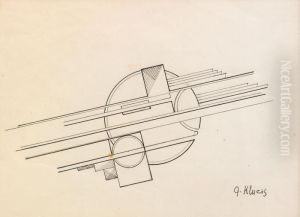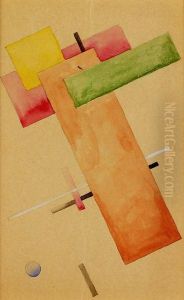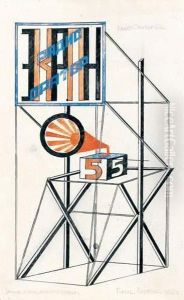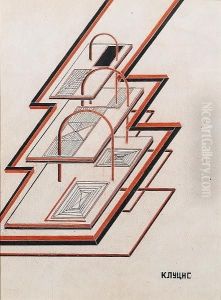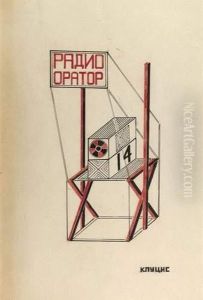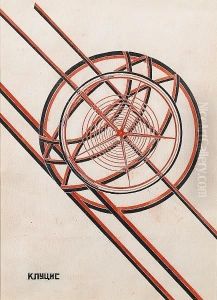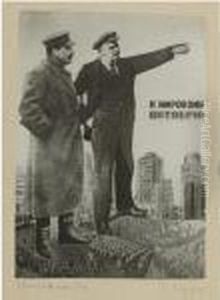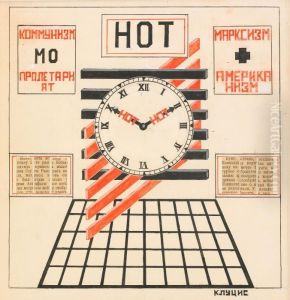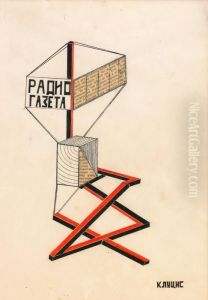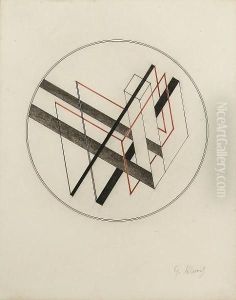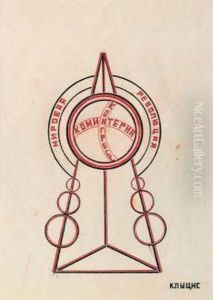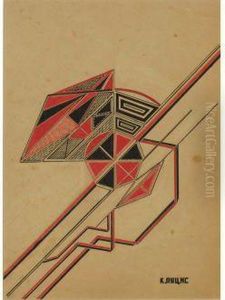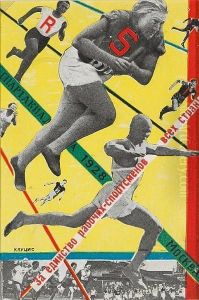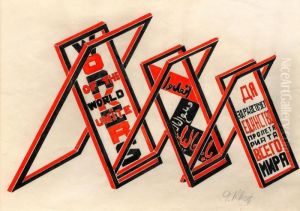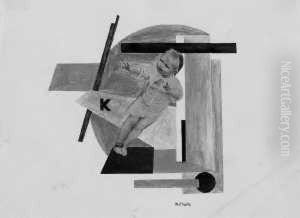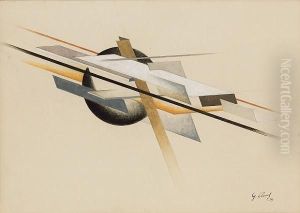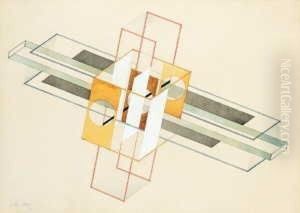Gustav Gustavovich Kluzis Paintings
Gustav Gustavovich Kluzis, also known as Gustavs Klucis, was a pioneering Latvian artist and graphic designer who played a significant role in the development of Constructivism during the early 20th century. Born on January 4, 1895, in Valmiera, which was then part of the Russian Empire, Kluzis later moved to Russia and became an active participant in the post-revolutionary avant-garde movement.
Kluzis studied at the Art School in Riga before moving to Moscow after the October Revolution. He enrolled at the Vkhutemas (Higher Art and Technical Studios), where he was influenced by Constructivism and worked under prominent figures such as Kazimir Malevich and Antoine Pevsner. His works from this period included dynamic compositions that incorporated geometric forms, photomontage, and innovative graphic design techniques.
In the 1920s, Kluzis became a member of the Constructivist group, working closely with other influential artists like Alexander Rodchenko and Varvara Stepanova. He made significant contributions to the fields of political propaganda and Soviet graphic design, creating posters, books, and exhibition designs that were characterized by their bold typography, clear messages, and effective use of photomontage. His work often reflected the political and social ideologies of the time, promoting the values of the Soviet Union.
Despite his dedication to Soviet ideals, Kluzis fell victim to the Stalinist regime's purges. He was arrested in 1938 during the Great Terror and was executed shortly afterward, on February 26, 1938. His tragic end mirrored the fates of many intellectuals and artists during this dark period of Soviet history. Kluzis's contributions to art and design were largely forgotten until the late 20th century when there was a renewed interest in Soviet avant-garde art. Today, he is recognized for his innovative techniques and the significant impact he had on the development of graphic design and Constructivist art.
